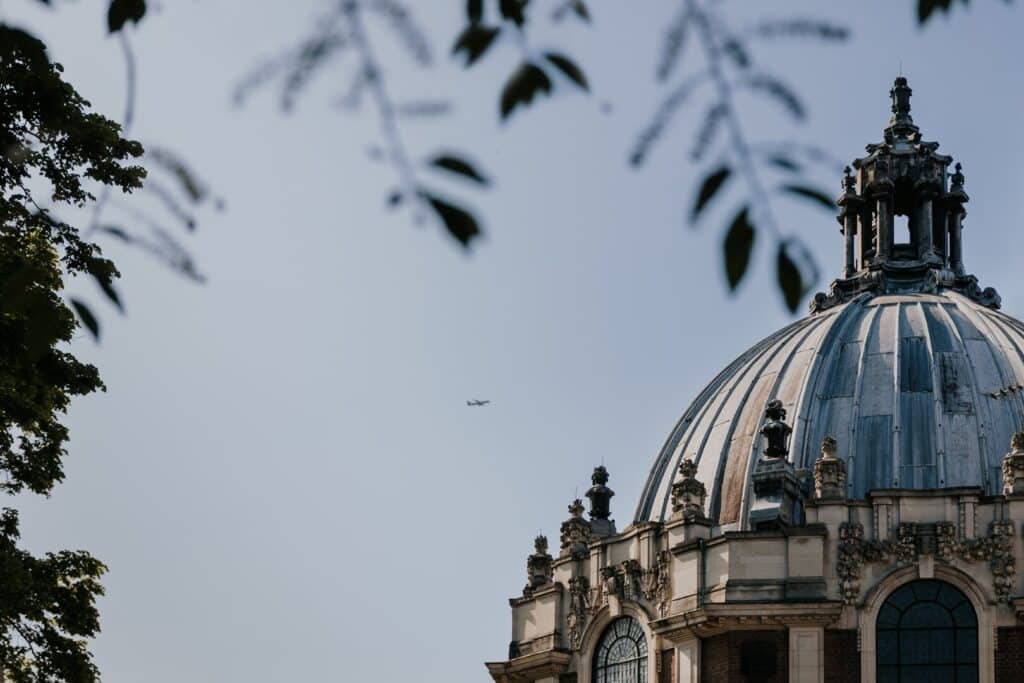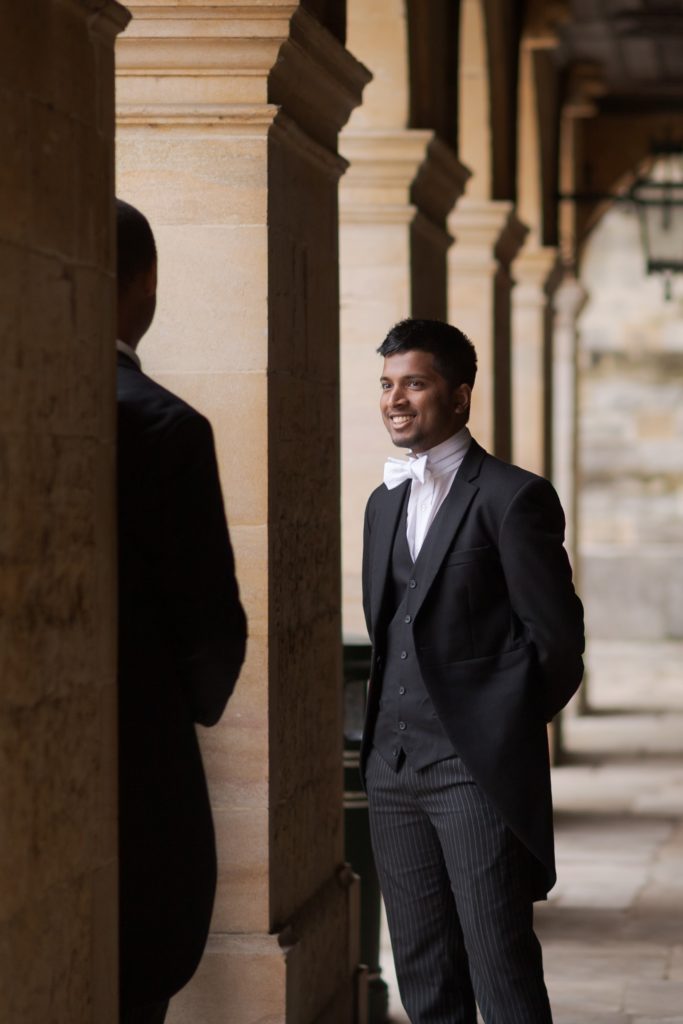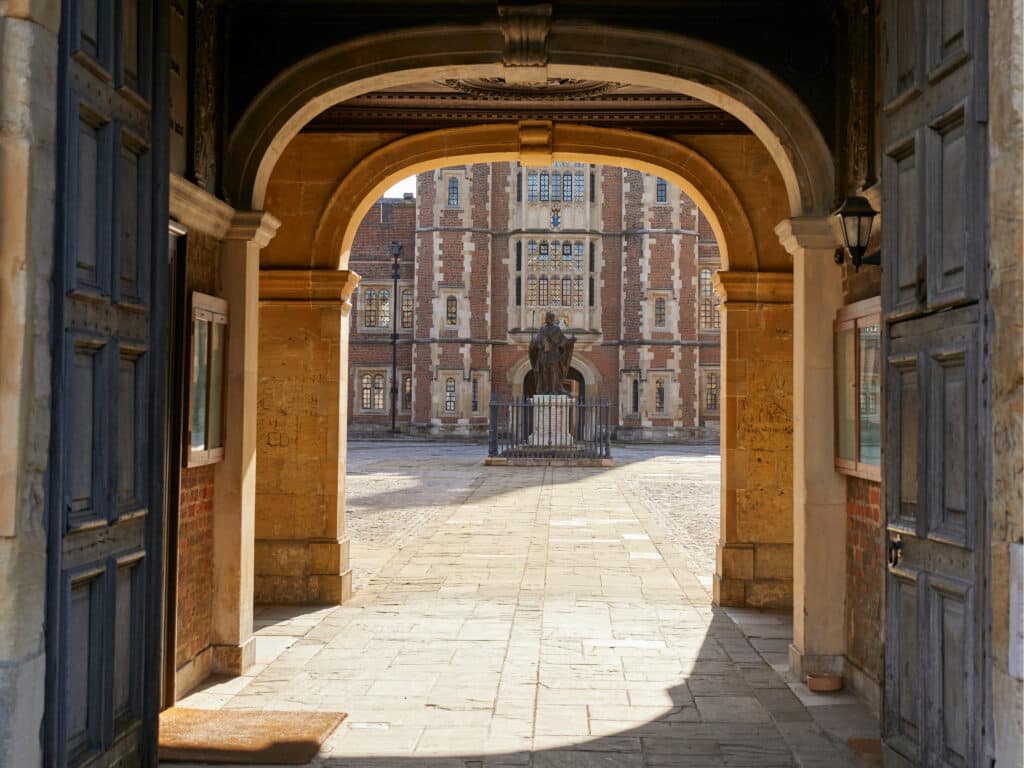Eton was fortunate to welcome Professor Chris Baldick, University of London, to a recent Zoom webinar hosted by the Literary Society on the topic of English Modernism.
The first and most important thing to note was that Modernism was not a broad-sweeping movement throughout the art world in the 20th Century, but a niche subgroup which was for many years largely ignored by the wider artistic community. The authors who espoused it were conscious that they were pursuing a minority interest and intentionally swimming against the currents of commercial literature. In fact, Professor Baldick mentioned that it took many years for Virginia Woolf and George Eliot’s works to even begin to be appreciated on a wider scale.
Fundamentally, Modernism is defined by a leniency towards experimentation, and by an evolution in cultural and generational differences shaped by the hardships of the time. Modernism is believed to have come into literature through its influence in other arts such as the visual arts (with examples such as cubism), music (where artists like Stravinsky challenged the genre), and even architecture. Humorously, Professor Baldick explained that too often literature is seduced by the other arts — an influence which can be profoundly interesting and influential, but also fickle.
It became clear that Modernism should not be praised without considering the wider cultural context of the time. Much of the motivation behind Modernism was a profound dissatisfaction with the world, its proponents convinced that living and working conditions would improve for all. This was a vision that the First World War smashed viciously, and prompted artistic reflection on how to reform society.
Such displeasure with the world resulted in deep-cutting criticisms of society and an avant-garde, revolutionary attitude towards literature, but as Professor Baldick so rightly said, we must understand the context of Modernism as we critique its wares.



